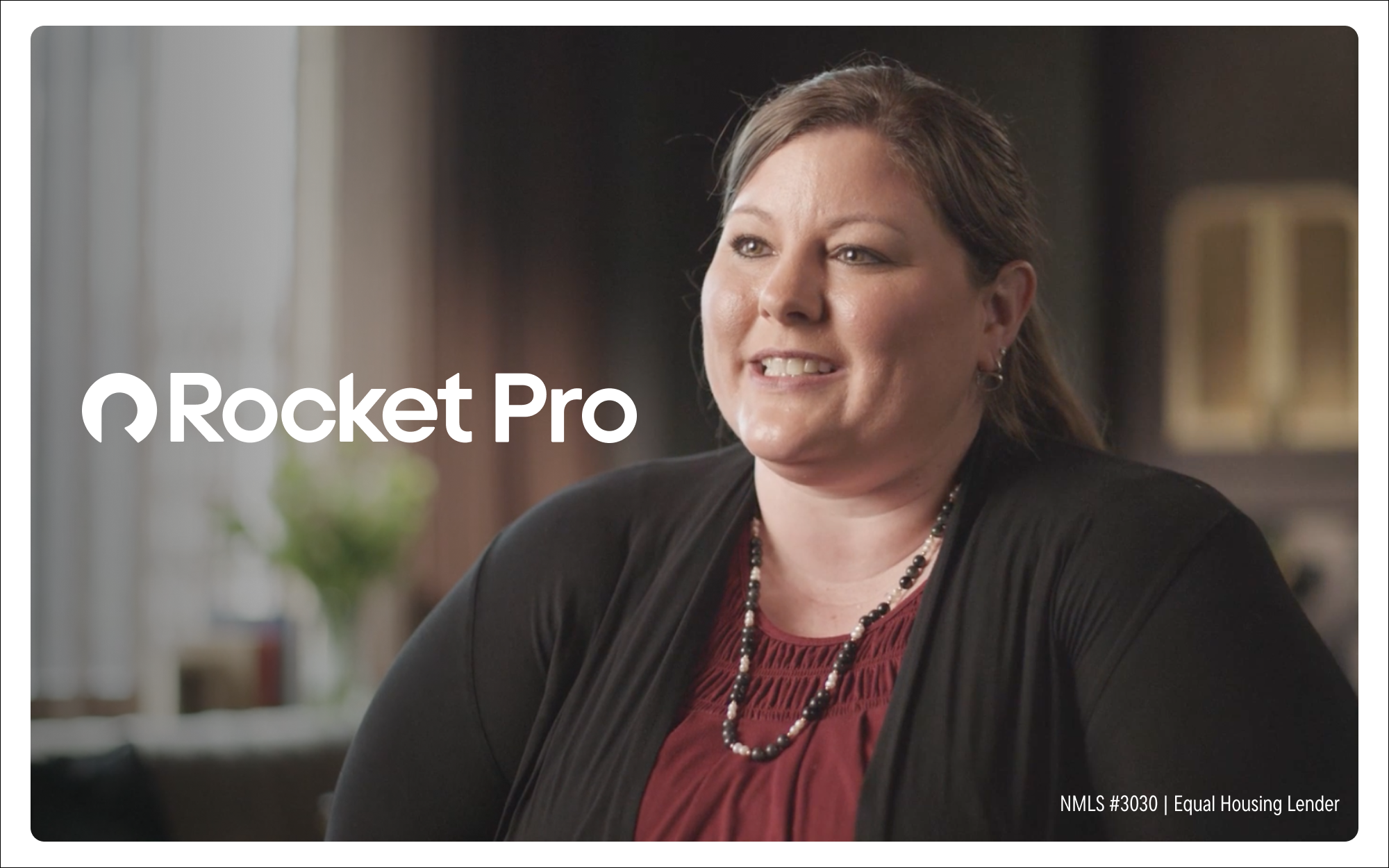Loan providers share an infectious enthusiasm and growing optimism for one vertical’s prospects in 2022: commercial lending. Here’s how community bankers can take advantage of various sectors—including SBA lending—over the next 12 months.
Is commercial lending on the rise?
May 01, 2022 / By Beth Mattson-Teig
Loan providers share an infectious enthusiasm and growing optimism for one vertical’s prospects in 2022: commercial lending. Here’s how community bankers can take advantage of various sectors—including SBA lending—over the next 12 months.
Community banks that have struggled to grow their commercial loan portfolios over the past two years are optimistic that there are brighter days ahead this year and next.
That said, the outlook varies widely depending on the individual bank, its geographic footprint, the business base it serves and the type of commercial financing.
One avenue for growth is simply riding what’s anticipated to be near-term economic expansion, which typically drives borrower demand. Other paths involve more heavy lifting. Some banks are stepping up their efforts to take market share from competitors, as well as adding or expanding certain types of loans or specialty lending niches.
Quick Stat
5.4 million
Number of applications filed to form new businesses in 2021, the most of any year on record
Source: U.S. Census Bureau
First Business Bank in Madison, Wis., anticipates a low double-digit increase in its commercial lending in 2022. “What’s driving that for us is the growth of some of our specialty lending businesses,” says Dave Seiler, chief operating officer of First Business Financial Services, Inc., parent company of the $2.7 billion asset community bank. In addition to providing commercial and industrial (C&I) and commercial real estate (CRE) loans, First Business Bank offers specialty lending nationwide in asset-based lending, accounts receivable financing (factoring), equipment financing, U.S. Small Business Administration (SBA) lending, and financing for used car dealerships.
“As we have scaled up in those, it has really helped drive our overall outstandings,” says Seiler.
First Business Bank is also experiencing good overall growth on the bank side serving business customers in its markets. For example, its commercial loan balances increased from $1.9 billion in 2020 to $2.2 billion last year, an increase of about 15%. Excluding PPP loans, the community bank generated about 10% growth in its commercial lending business last year, with $2.2 billion in commercial loans outstanding at the end of 2021.
Honor Bank in Honor, Mich., also anticipates more opportunities for growth in 2022 and 2023. It recently added a new lender, bringing the size of its commercial team to six. “We’re continuing to look to add the right talent, both in our existing market and potentially in adjacent markets,” says Norm Plumstead, president and CEO of the $360 million-asset community bank. “We think that banking, especially business banking, is a relationship business, and therefore, the bank that has the best team of bankers is going to win.”
Record pace of dealmaking
Pent-up demand and access to capital drove record levels of dealmaking last year in both commercial real estate and the mergers and acquisitions (M&A) sector. The Mortgage Bankers Association is predicting that commercial real estate and multifamily mortgage lending will increase 13% in 2022, breaking $1 trillion in outstanding mortgage volume for the first time ever.
“Our pipeline at the beginning of February is as robust as any year in recent memory,” says Plumstead. Demand for CRE loans has been helped by the continued low-rate environment for borrowers, particularly those who are looking to lock in rates on longer-term loans.
Honor Bank is also receiving financing requests related to business acquisition as existing owner-operators look to either sell a business or transition to the next generation. “We’ve also seen some disruption in our market from bigger banks merging with others, which invariably creates an opportunity from a customer disruption and a talent acquisition standpoint,” Plumstead says.
Small businesses in growth mode
Another source of business for community bankers is financing small business expansion and startups. According to the U.S. Census Bureau, nearly 5.4 million applications were filed to form new businesses in 2021—the most of any year on record and a 53% increase over application filings in 2019.
“The data reflects what we see in our communities,” says Carlos P. Naudon, president & CEO of Ponce Bank in Bronx, N.Y. “There were stores and businesses that shut down because of the pandemic, but we see many others starting up.”
Many of the $1.7 billion-asset community bank’s lending customers are entrepreneurs, sole proprietors and small businesses with two or three employees. It saw a significant decrease in lending volume from owner-occupied businesses in 2020 and 2021 as borrowers took advantage of Paycheck Protection Program (PPP) loans, rather than doing secured C&I loans. Now that those businesses have had loans forgiven, they’re coming back looking for new funds to invest in their businesses. In particular, Ponce Bank is seeing demand from small businesses with less than $1 million in revenue.
“The [startup] data reflects what we see in our communities. There were stores and businesses that shut down because of the pandemic, but we see many others starting up.”
—Carlos P. Naudon, Ponce Bank
Following the surge in PPP loans, Ponce Bank created a new microloan program designed to provide unsecured commercial loans of less than $25,000 to small businesses with revenues of $100,000 or more. “If you look at the gamut of lending that needs to be done, from the tiny microloans to large commercial loans, you have to serve that entire spectrum with different products that allow the institution to grow,” says Naudon. “At the end of the day, if we strengthen small businesses, we’re going to be strengthening the communities around them.”
Taking a bigger step into SBA lending
PPP loans showed both small business owners and community bankers that the U.S. Small Business Administration (SBA) isn’t nearly as intimidating as many people had thought. And those SBA loans represent a sizable market. In fiscal year 2021, the SBA provided $44.8 billion in capital to businesses across its traditional products: 7(a), 504 and microloan programs.
“SBA loans are great for banks and great for communities,” says Ashley Horner, senior vice president and SBA loan administrator at $950 million-asset Summit Bank in Eugene, Ore. She notes that the government guarantee allows banks to “dip a toe” into loans that are a little bit riskier and provide needed capital to help support small business growth.
Summit Bank originated about $20 million in SBA 7(a) loan commitments in 2021 and is anticipating a big jump to $30 million in 2022. Applications are coming in from a wide variety of different businesses. Summit Bank is currently working on loans with borrowers including a startup fire rescue company, a startup agricultural irrigation company and a food truck operator that wants to expand with a restaurant location.
A number of factors are fueling demand. One is the country’s strong base of small businesses. According to the SBA, the U.S. is home to an estimated 32.5 million small businesses and startups. Another factor driving demand for 7(a) loans is a rise in mergers and acquisition (M&A) activity.
“We saw this a little bit through the Great Recession,” says Horner, “where once owners got their business back and cash flowing, they decided it was time to get out, because it was too stressful.” That same phenomenon is emerging now with businesses that perhaps had planned to sell in three to five years that have accelerated exit strategies, she says.
A new audience for SBA
Horner is getting a firsthand glimpse of the avid interest bankers have for expanding SBA lending. She recently taught a virtual class offered by the National Association of Government Guarantee Lenders on the topic of SBA application packages. Nearly 400 people attended.
“It is astronomical how many institutions have realized after doing PPP loans that SBA is not as scary as they thought,” she says. Her advice for community bankers interested in expanding their SBA lending platforms? Get the education so they can do it right.
Rebound ahead for C&I loans?
Borrower demand for commercial and industrial (C&I) loans has been tepid over the past 18 months due in part to the flurry of credit activity that occurred at the start of the pandemic as companies tapped C&I credit lines to boost their liquidity. However, lenders are hopeful that the return of economic and business growth will translate into greater demand for capital.

Source: St. Louis Fed
Subscribe now
Sign up for the Independent Banker newsletter to receive twice-monthly emails about new issues and must-read content you might have missed.
Sponsored Content
Featured Webinars
Join ICBA Community
Interested in discussing this and other topics? Network with and learn from your peers with the app designed for community bankers.
Subscribe Today
Sign up for Independent Banker eNews to receive twice-monthly emails that alert you when a new issue drops and highlight must-read content you might have missed.
News Watch Today

Join the Conversation with ICBA Community
ICBA Community is an online platform led by community bankers to foster connections, collaborations, and discussions on industry news, best practices, and regulations, while promoting networking, mentorship, and member feedback to guide future initiatives.













